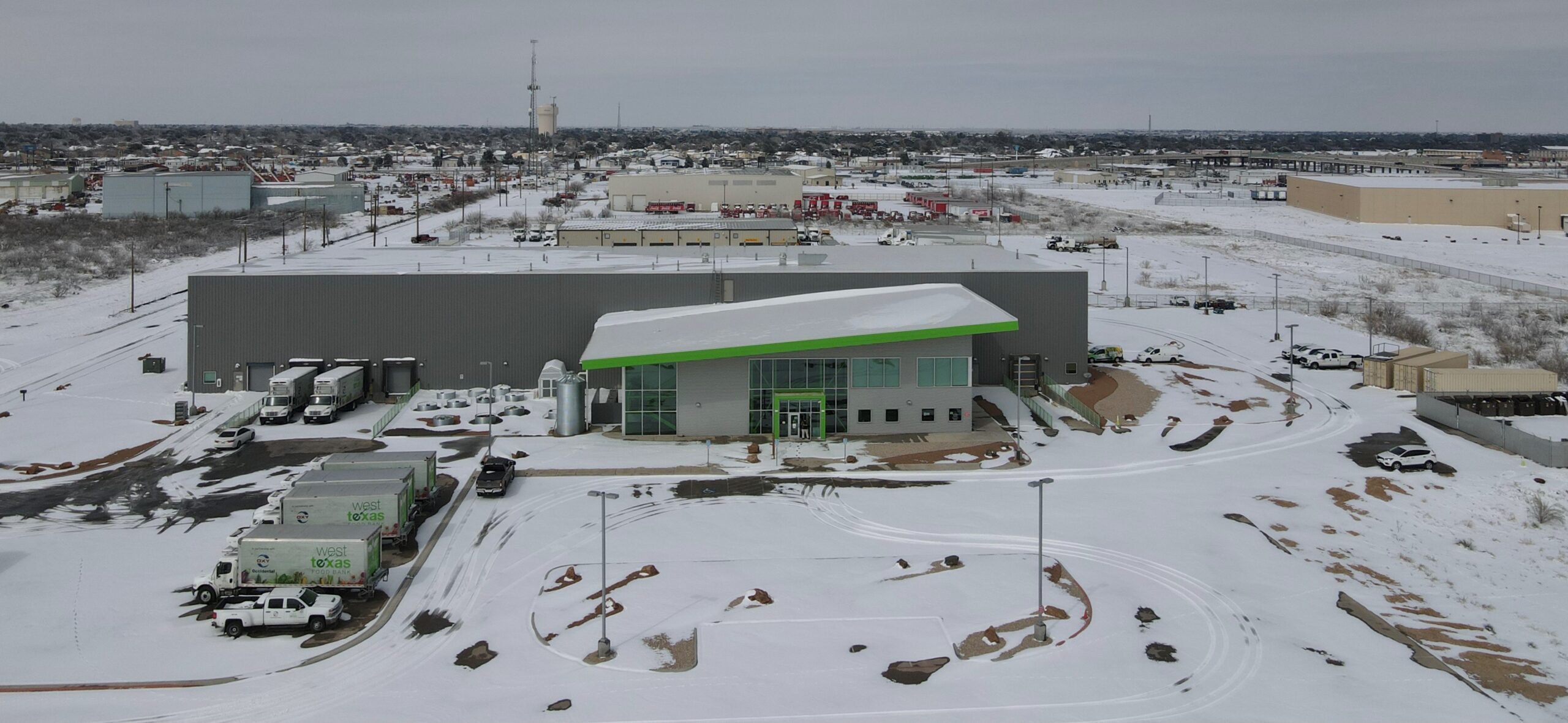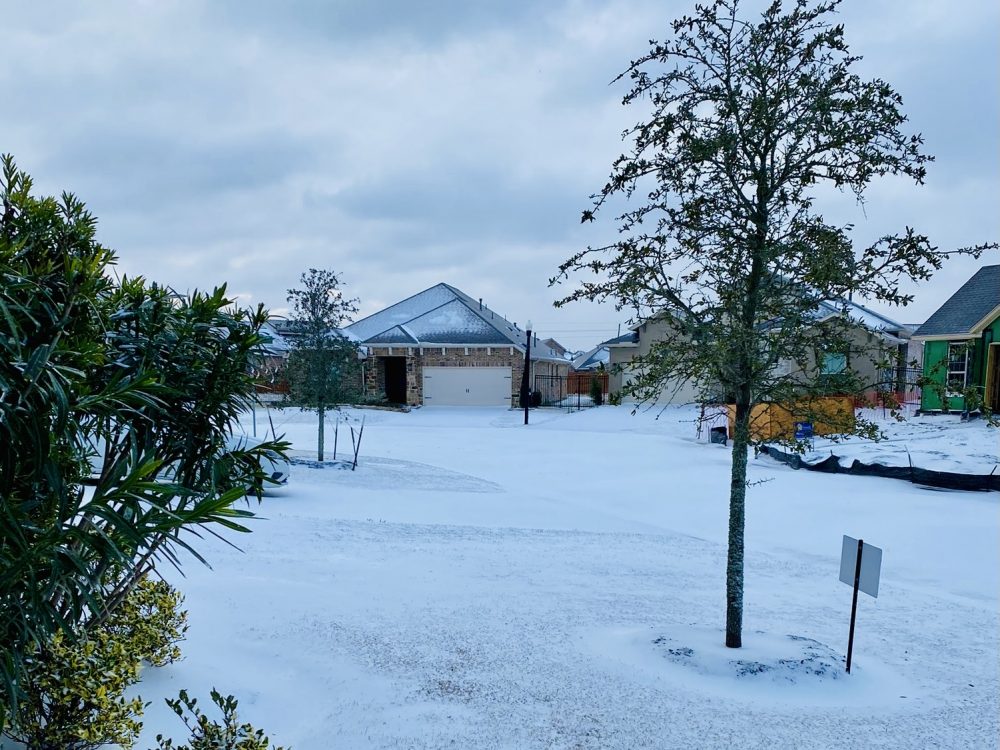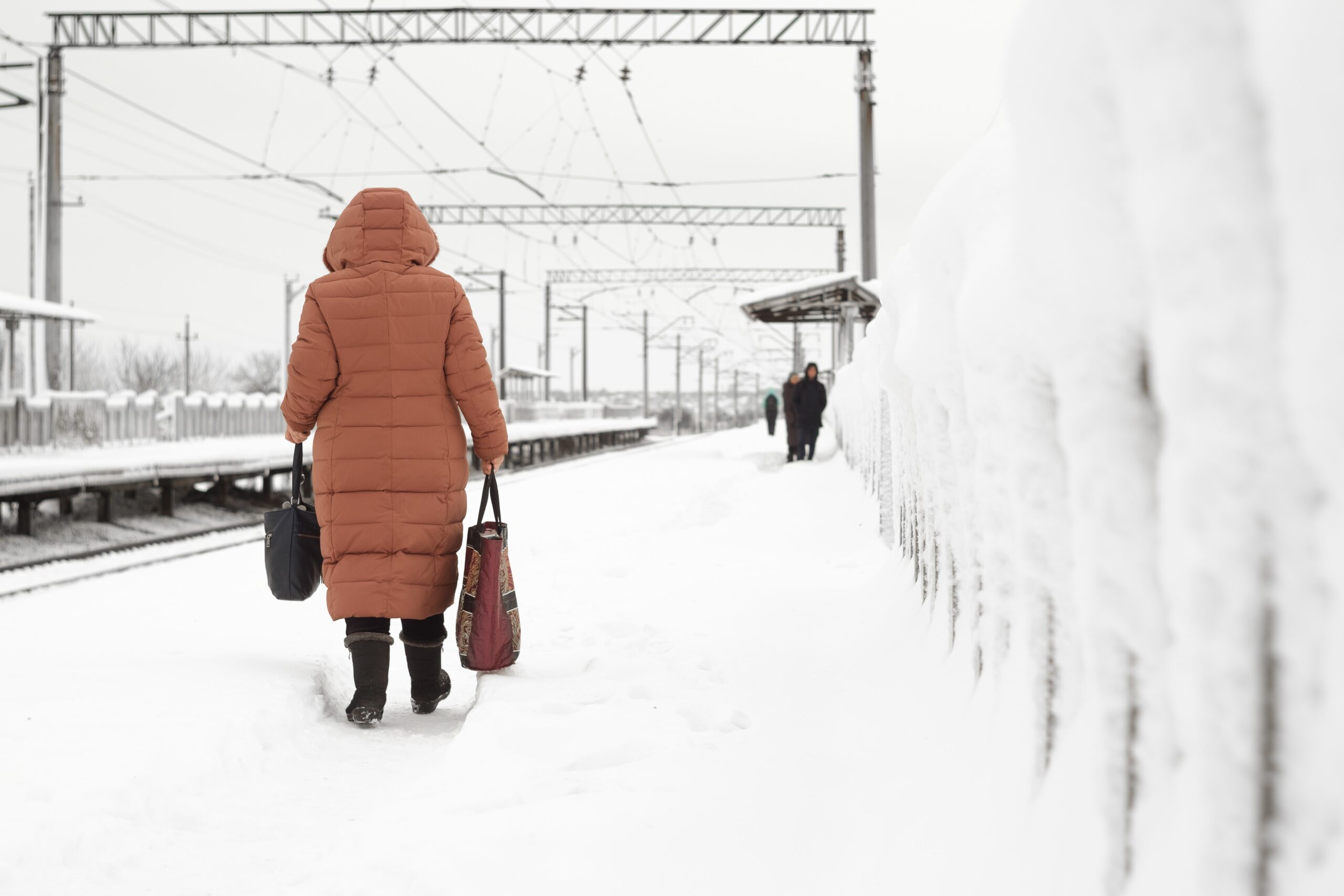
Last updated:
2021 Winter Storms

Overview
Two back-to-back winter storms (unofficially named Uri and Viola) landed a one-two hit across the U.S. in mid-February 2021, affecting many southern states that are unaccustomed to cold temperatures, snow or ice.
The storms left extensive power outages, boil water advisories, deaths and vehicular accidents across a multi-state area in their wake.
Winter Storm Uri began on the Pacific Coast, traveling south through Texas, Arkansas, Louisiana, Mississippi and Alabama, before making its way to the Carolinas and the Eastern seaboard. At least 100 million people were in the path of Winter Storm Viola as it followed a similar track to Uri, a few days later.
The most significant impacts were in communities in the southeastern states whose infrastructure and homes were not prepared to withstand days of freezing temperatures. Several states instituted rolling blackouts and called on customers to conserve energy to prevent disruptions. The freezing led to bursting pipes damaging homes and municipal/state infrastructure.
(Source: Planet Labs; CC BY-NC 2.0)
Unlike the rest of the continental U.S., Texas is not connected to the federal energy system and instead operates independently in a market-based, competitive system. The operator of most of the state’s power grid is the Electricity Reliability Council of Texas (ERCOT) which manages, “the flow of electric power to more than 26 million Texas customers – representing about 90 percent of the state’s electric load.” As of 2020, ERCOT had a fuel mix of: 46% natural gas, 18% coal, 23% wind, 11% nuclear and 2% solar. Each of these fuel sources had problems during the freeze and snow. About 30% of ERCOT’s generating capacity went offline during the storm’s aftermath, leading to natural gas shortages. Although some wind turbines froze, others that remained operational helped reduce the demand for mainstream fuel sources.
Approximately 60% of Texas homes use electricity, while the remainder primarily uses propane or natural gas. However, much of the electricity generation in the state also uses natural gas. The increased demand for heat – in part to prevent pipes from freezing – was almost double the summertime demand and was beyond the capacity of ERCOT to maintain supply.
Prices in the wholesale market for electricity rose as high as thousands of dollars per megawatt-hour instead of the usual $30 range. This was not immediately passed on to most consumers as prices are locked in on most contracts, however, those with variable contracts saw bills rise into the thousands of dollars. Gov. Greg Abbott made recovering $16 billion in overage charges and limiting consumer liability an emergency item on his 2021 legislative agenda. Those areas outside of ERCOT’s domain were largely unaffected by power outages or blackouts. Shortages also led to increases in automobile gas supply, leading some experts to predict prices would increase.
Latest Updates

Announcing grants to support recovery from February winter storms

Donor Resources for Winter Storms
What was the impact on communities?
Unlike many natural disasters, the full loss of homes due to Uri and Viola was minimal, however, many suffered extensive damage due to flooding from broken pipes. The impact on infrastructure, especially power grids and water systems, was also immense.
In July 2021, Texas updated a list of deaths that occurred between Feb. 11 and March 5, which are believed to be related to the winter storm. This list totaled 210 people, much higher than the previous number of 70 total in the U.S., as well as 12 in Mexico. The majority of U.S. deaths were in Texas, including those that died from hypothermia, carbon monoxide poisoning, fires and car accidents. A 32-unit apartment fire in San Antonio displaced 87 people but luckily no one was injured. However, frozen hydrants meant firefighters were extremely limited in their response capacity.
Who was affected and in what ways?
On Monday, Feb. 15, Uri spawned five tornadoes, including one in North Carolina, one in Georgia and three in Florida. An EF-3 in North Carolina’s Ocean Ridge Plantation area left three people dead and 10 injured. At least 50 homes were affected, including several that were destroyed or severely damaged. Brunswick County declared a state of emergency.
Some states had to stop or reduce COVID testing and vaccine distribution due to supply line disruptions, power outages or redeployment of the National Guard.
According to CBS News, “The Perryman Group, a Texas-based economic research firm, projected that Winter Storm Uri could end up costing a total of $195 billion on the low end and as much as $295 billion. Those figures include lost income as well as long-term reduction in economic output stemming from factories and businesses that closed during the storm.”
This disaster was like Flint, Michigan’s water crisis in that sending bottled water, something that is not often done on a large scale within the U.S., was one of the most critical needs.
Home repair
Home repairs were required including muck and gut, mold remediation and reconstruction, as well as replacement of damaged furniture.
Policy and advocacy
There are also policy and advocacy needs around energy/utility reform and price control. In the long-term, it is important to address the implications of climate change that led to these storms and the crisis in Texas and across the south.

The Center for Disaster Philanthropy’s (CDP) Disaster Recovery Fund supported 2021 winter storm recovery efforts.
Contact CDP
Recovery updates
If you are a responding NGO or a donor, please send updates on how you are working on recovery from this disaster to Tanya Gulliver-Garcia.
Donor recommendations
If you are a donor looking for recommendations on how to help with disaster recovery, please email Regine A. Webster.
Philanthropic and government support
CDP made several grants to support recovery from the storms:
- In the immediate aftermath, CDP made a $125,000 grant, in conjunction with Google, to Feeding Texas to distribute funds among 21 food banks to purchase the appropriate food and water to help their communities recover from the storm impacts.
- Victoria County Long Term Recovery Group received $110,000 in April to provide short-term immediate plumbing supplies & plumbing repair assistance with skilled volunteers or plumbing contractors to homeowners and renters. In addition, they will provide water heater replacements.
- East Harris County Empowerment Council received $120,000 in April to help the residents of East Harris County recover from the Texas Winter Storm Freeze.
- United Way of Grayson County received $140,000 to provide immediate services for rent, utility, extended motel stays, home repairs, case coordination, and basic need supplies.
- The Mainland Children’s Partnership (operating as the Galveston County Long Term Recovery Group) received $104,000 in April to strengthen and build resiliency in Galveston County to respond to future disastrous events, while assisting the most vulnerable members of the community who are in poverty and aged 65 years or older, disabled, have limited English Language skills, or parenting children under the age of five years, to make needed repairs to their homes resulting from the freeze.
- Texas Center for Child and Family Studies received $125,000 in April to support the recovery efforts of community-based nonprofits serving children and youth in the Texas child welfare system who were impacted by the Winter Storm Uri.
- Orange County Disaster Rebuild received $162,768 in May to build capacity for their organization to help their community recover from multiple storms over the last several years. This funding was a Disaster Recovery Fund and Atlantic Hurricane Season Recovery Fund collaboration.
- Houston Responds received $160,000 to unite, empower and mobilize churches to expedite recovery through increased volunteer engagement and expanded repaired capacity to serve families impacted by the Hurricanes Laura and Delta and the 2021 Texas Winter Storm. The grant, issued in May, combined funding from the Disaster Recovery Fund and the Atlantic Hurricane Season Recovery Fund.
- Good360 received $125,000 in July to support the work of nonprofits active in Winter Storm Uri rebuilding. The work includes procurement and distribution of products donated by retailers and manufacturers based on unmet product needs identified through comprehensive case management. Good360 is working with many of our long-term recovery partners to ensure they have access to the goods they need to support recovery.
- Harmony CDC received $75,000 in July to provide mental health services for those experiencing post-traumatic disorders resulting in compounded trauma from the Texas Winter Storms. Treatment helps clients appropriately share and regulate difficult emotions and helps youth regulate emotions without using substances or unsafe behaviors. Harmony Counseling helps individuals and families cope with the loss and destruction compounded by the storms and teaches healthy coping mechanisms to function.
- The Texas Tribune received $75,000 in Winter Storm funding in August to provide in depth, investigative journalism to hold state leaders to account for the effects of the winter storms on the state of Texas and its citizens.
- Oklahoma Indian Legal Services (OILS) received $136,500 in September to support the Disaster Legal Navigator project, providing legal services and disaster-related assistance and referrals to Native Americans in Oklahoma in response to the 2021 Winter Storms and other low-attention disasters impacting Oklahomans. This funding was a collaboration between the Disaster Recovery Fund and the Midwest Early Recovery Fund.
Texas received a federal Major Disaster Declaration on Feb. 19 (DR-4586). The entire state received a declaration for Public Assistance Category B which includes sheltering, emergency operations activities that support shelters, and water and food distribution that support mass care. Most of the western half of the state also received a declaration for Individual Assistance (IA) which provides direct support to residents impacted by the storm. As of March 11, there have been 23,930 IA applications approved for a total of nearly $74 million in individual assistance.
Oklahoma received a Major Disaster Declaration on Feb. 24 (DR-4587). The entire state received a declaration for Public Assistance Category B and 16 counties received a declaration for Individual Assistance (IA). As of March 11, there have been 462 IA applications approved for a total of just over $362,000, mostly in direct housing assistance.
Louisiana received a Major Disaster Declaration on March 9 (DR-4590). The entire state received a declaration for Public Assistance Category B and most northern parishes, as well as two in South Louisiana, received a declaration for Individual Assistance (IA). As of March 11, there have been 10 IA applications approved for a total of just over $15,000, mostly in direct housing assistance.
Resources

Ice, Snow and Extreme Cold
While it does not affect as many people as its opposite, extreme heat does, extreme cold can be just as deadly, especially in areas that are not accustomed to cold weather.

Climate Change
Climate change refers to any significant change in the measures of climate lasting for an extended period of time. In other words, climate change includes major changes in temperature, precipitation or wind patterns, among other effects, that occur over several decades or longer.

Electricity and Power Infrastructure and Systems
Electricity and Power Infrastructure and Systems are the combination of human and physical resources used to create, transmit, transform and distribute electrical power in places around the world.